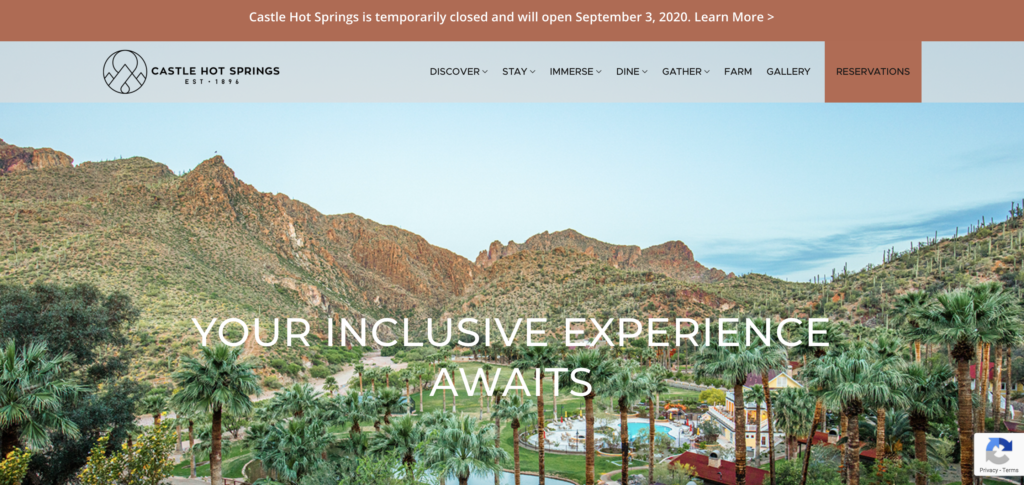
Most hotels and resorts realize that shopping windows are changing. Understanding how they’re changing, however, is another story. Here at Screen Pilot, we’ve observed lengthening booking windows, and we’ve also explained how you can set up custom events in Google Analytics to track this key information for yourself. In this article, we’re breaking down data from ADARA, which highlights larger booking window patterns across the entire hospitality industry—and what that means for advertisers.Let’s take a look at the data.The following graphs visualize domestic U.S. travel, and to no surprise, we have seen trend lines plummet since mid-March when COVID-19 was declared a national pandemic. However, using third party data from their data-coop, ADARA is able to paint a different picture by looking at trip purposes and destinations trends.
By taking a look at ADARA’s data that focuses on trip purpose, we can see that while business travel (the pink line on the graph to the left) is relatively flat, family (purple) and solo (blue) leisure travel is slightly up. When we segment these views by the booking window, the story becomes even more telling. The most common timeframe these users are searching for are 91+ days out—which is summertime and beyond.

Analyzing ADARA’s data by destination allows us to see that some markets—like San Francisco, which implemented social distancing sooner than others—are seeing users planning trips to those destinations later this year. On the other hand, markets like New York and Miami (both of which are in states that rolled out stay-home-orders later) are seeing fewer consumers shop for the future. To the right are tertiary markets that have seen large increases in 91+ day bookings compared to the previous week; a possible explanation is users are looking to stay closer to home later this year, with “staycations” in mind.See Shopping Window Data for Your RegionWhat does this mean for advertisers?Consumers still have a desire to travel, and they are slowly starting to plan vacations—but for much further out than some properties with shorter booking windows may be accustomed to. While we’ve given our tips for fine-tuning your messaging in other posts, we’ve outlined some strategies you can deploy to capitalize specifically on the lengthening booking window trends brought on by COVID-19.
- Feature imagery of your resort in summertime or fall, when your guests are most likely to be actually visiting. This goes for display and social ads.
- If your property is closed, ensure it is obvious on your website at what point you’ll begin accepting reservations again and feature relevant imagery if available. This example from Castle Hot Springs features one of their top images that is not specific to season, subtly informing consumers they can book for September and beyond.

- Look at your historically top-performing packages during this time from past years, and consider making those packages available sooner.
- Additionally, if in-state residents are one of your key markets, consider implementing an evergreen resident rate to your marketing plan.
- Knowing that OTAs are still active, maintain a competitive edge by continuing to run brand and unbrand campaigns when and where it makes sense for your property.
- Is your resort ready to handle the possibility of social distancing-esque regulations becoming part of daily life? Have you re-evaluated your common spaces and F&B outlet to ensure future guests will feel comfortable and safe in them?
At the end of the day, no one can say for certain when travel will resume, but through our own shopping window dashboards and ADARA’s data co-op, we know users are still searching and planning on traveling later this year.
Did you enjoy the read?
Get original hospitality industry insights delivered to your inbox. Sign up to receive Screen Pilot’s Weekly COVID-19 Resource Center Update.






